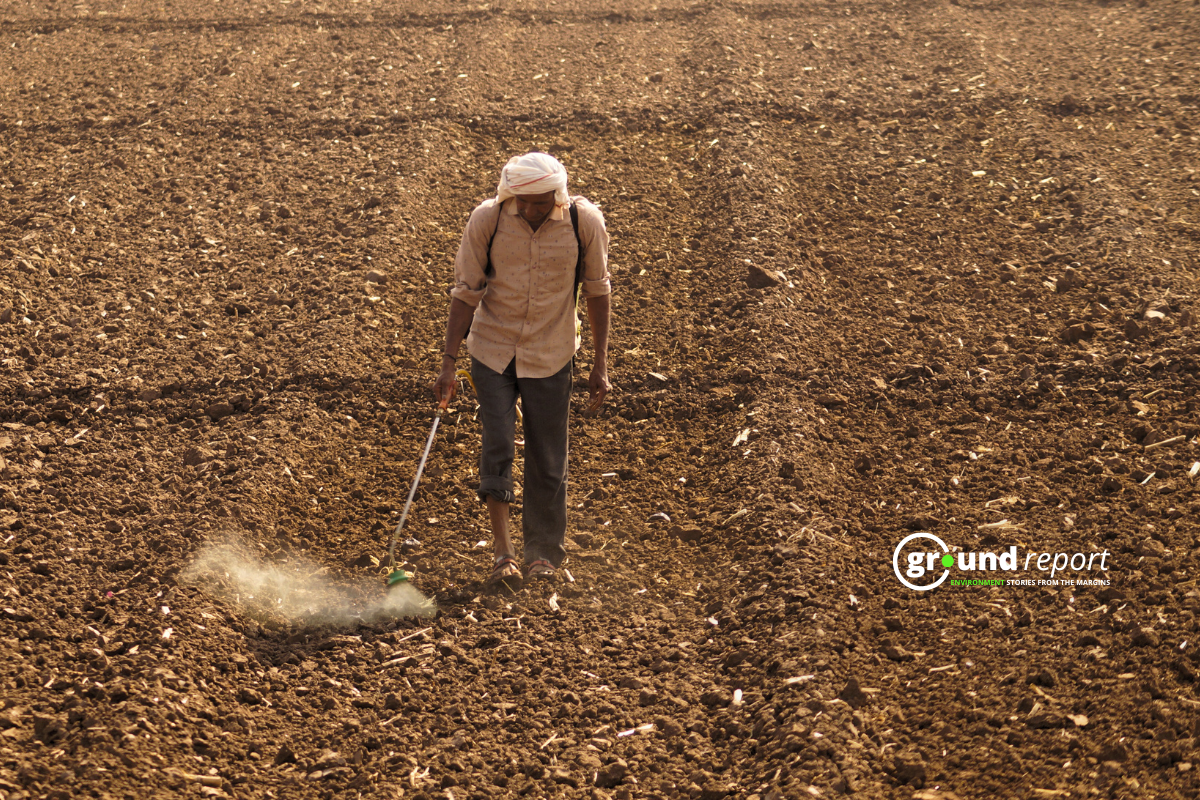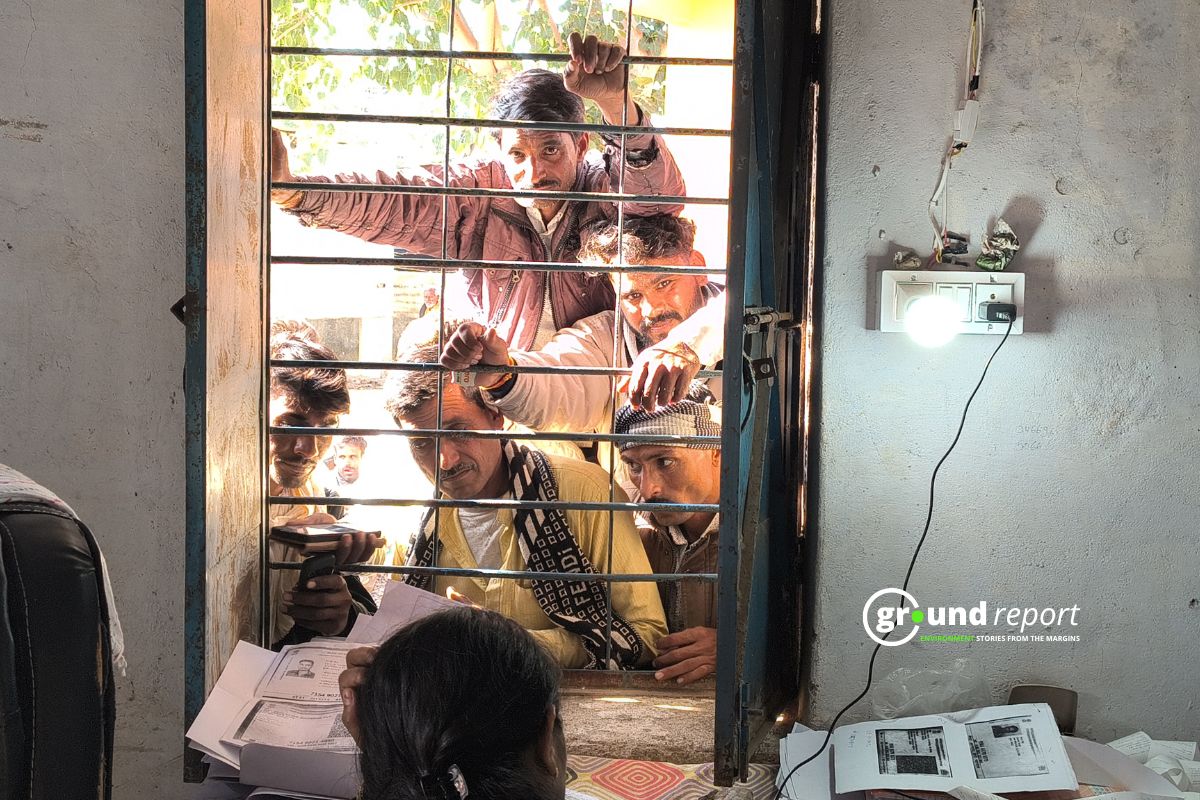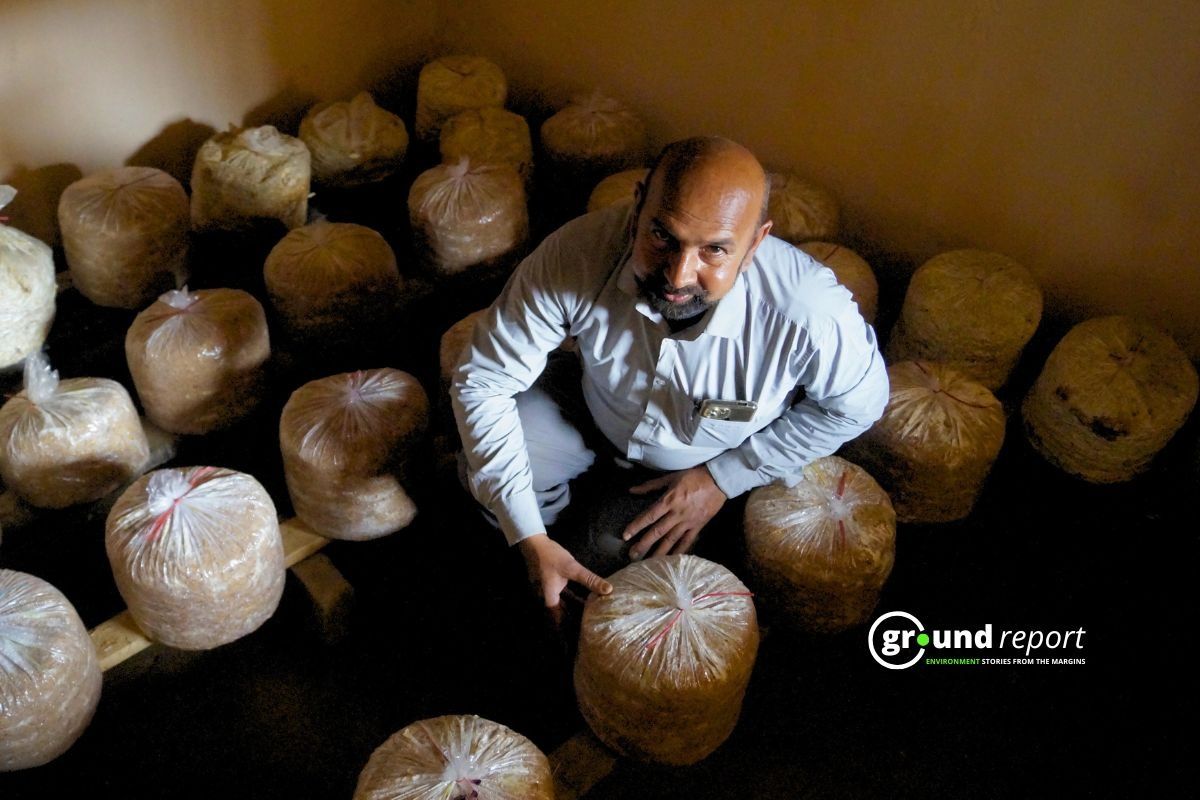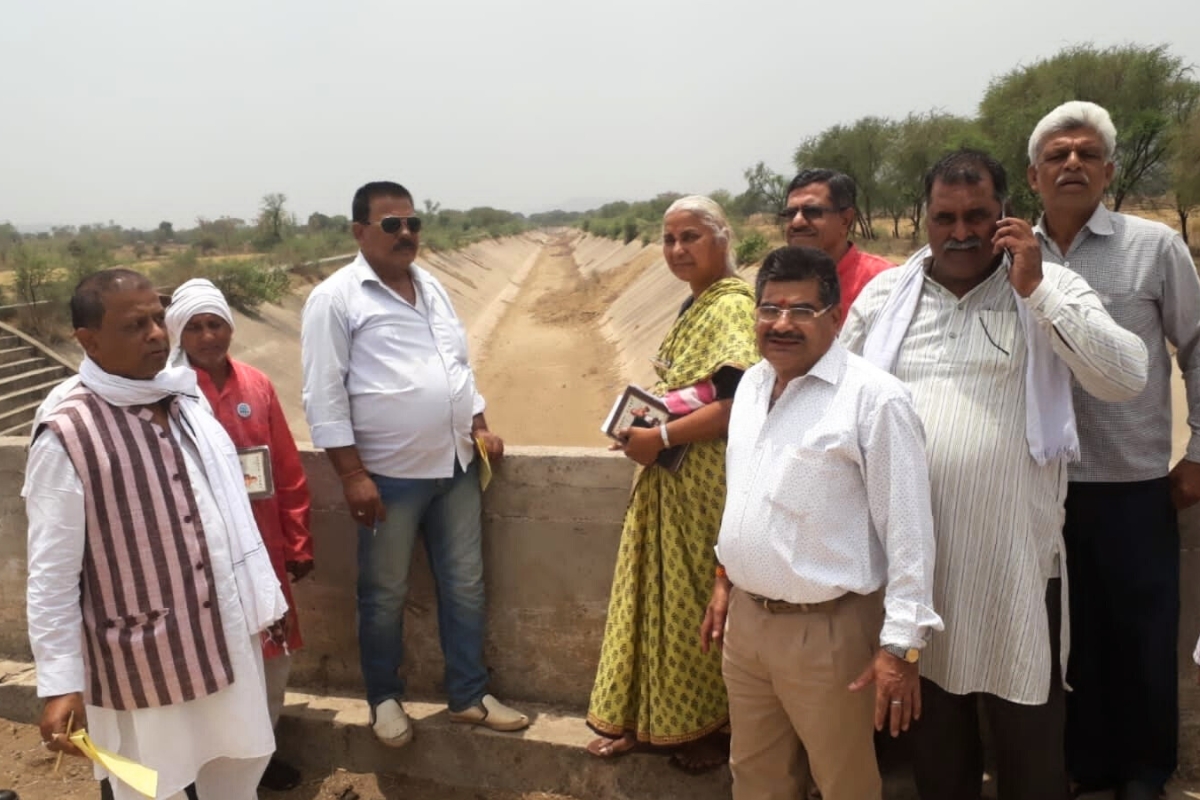The Madhya Pradesh government has achieved a milestone in agricultural procurement, revising its wheat procurement target upward from 80 lakh metric tons (LMT) to an unprecedented 85 LMT for the 2024-25 season. This represents the highest procurement under the Minimum Support Price (MSP) scheme in the state’s history.
The procurement drive, which commenced on March 15 and concluded on May 9, has already surpassed expectations with 81 LMT of wheat procured from over 8.76 lakh registered farmers across the state. Urban Development Minister Kailash Vijayvargiya announced the remarkable achievement during a cabinet meeting, highlighting the success of the state’s agricultural support system.
Operating through 4,000 designated procurement centers statewide, the government offered wheat farmers ₹2,600 per quintal—comprising the central MSP of ₹2,425 plus an additional state bonus of ₹175 per quintal. This enhanced pricing structure proved instrumental in achieving the record procurement figures.
The scale of this year’s success becomes evident when compared to the previous year’s performance. In 2023-24, Madhya Pradesh procured 40 LMT of wheat from 5.85 lakh farmers, making the current year’s achievement nearly double the previous record.
Financial disbursements have been equally impressive, with ₹16,472 crore already paid to farmers. Upon achieving the 85 LMT target, total MSP payments are expected to reach ₹19,400 crore, with an additional ₹1,400 crore distributed as state bonuses.
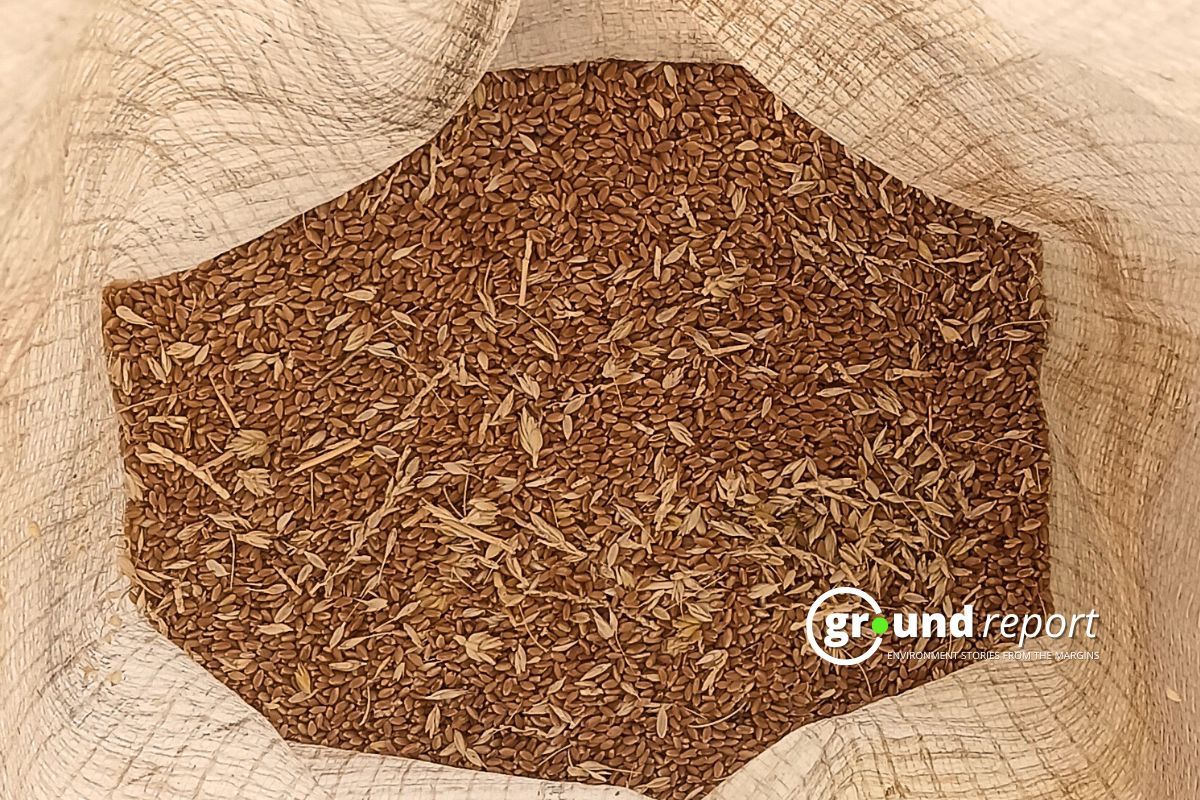
The state government streamlined the registration process by introducing multiple channels, including SMS, web portals, and mobile applications, allowing farmers to register from their homes. Physical registration centers were simultaneously established at gram panchayats, janpad panchayats, and tehsil offices to ensure comprehensive coverage.
Premium wheat varieties such as Sharbati and Durum, cultivated in the less-irrigated regions of the Malwa Plateau including Sehore, Ujjain, Narmadapuram, Harda, Raisen, and Dewas, formed a significant portion of the procurement. Sharbati wheat remains particularly popular among farmers due to its high protein content and market demand.
India sets record foodgrain target
Meanwhile, at the national level, the Indian government has announced an ambitious foodgrain production target of 354 million tonnes for the 2025-26 crop year (July to June). This target was unveiled during a national conference on the Kharif campaign, where agricultural policymakers and scientists discussed preparations for the upcoming sowing season.
The new target represents a significant growth trajectory, marking nearly 4% growth over the 2024-25 target and more than 6.5% increase compared to actual production achieved in 2023-24. This ambitious goal is underpinned by optimistic monsoon forecasts, with the India Meteorological Department predicting ‘above normal’ rainfall for most parts of the country.
The foodgrain production targets have been strategically distributed across major crops. Rice production has been targeted at 147.35 million tonnes, while wheat production aims for 117.40 million tonnes, representing an increase from the estimated 115.43 million tonnes produced in 2024-25.
Current production figures show promise, with the country having already produced 330.92 million tonnes of foodgrains during the kharif and rabi seasons of 2024-25. Summer season production figures remain pending, though the previous year’s summer season contributed 16.5 million tonnes to total foodgrain production.

Agricultural awareness campaign
To support these ambitious targets, Agriculture Minister Shivraj Singh Chauhan announced a comprehensive 15-day nationwide campaign scheduled from May 29 to June 12. This initiative aims to reach 10 to 15 million farmers across 700 districts, educating them about climate-resilient seed varieties, fertilizer availability, monsoon forecasts, and government program benefits.
The campaign will leverage India’s network of 16,000 farm scientists, with Minister Chauhan emphasizing the critical need for collaboration between farmers and scientists. The central government, working with state governments, will deploy 2,000 teams comprising agricultural scientists and progressive farmers to directly engage with farming communities.
Additionally, the central government is considering amendments to the Seeds Act of 1966, focusing on preventing spurious seed sales, ensuring seed traceability, and protecting farmers’ interests.
On May 28, 2025, the Cabinet Committee on Economic Affairs approved increased Minimum Support Prices for 14 Kharif crops for the 2025-26 marketing season. Nigerseed received the highest absolute increase of ₹820 per quintal, followed by ragi (₹596 per quintal), cotton (₹589 per quintal), and sesamum (₹579 per quintal). The MSP revisions apply to the upcoming Kharif sowing season, which typically begins with the monsoon.
Agricultural success amid challenges
The success in Madhya Pradesh’s wheat procurement, combined with India’s ambitious national production targets, reflects the country’s commitment to food security and agricultural development. The enhanced MSP rates, improved procurement systems, and comprehensive farmer support mechanisms demonstrate how targeted policies can drive agricultural growth.
As India continues to face the challenges of feeding its growing population while dealing with climate variability, initiatives like Madhya Pradesh’s record procurement and the national production targets serve as crucial stepping stones toward achieving sustainable food security. The integration of technology in farmer registration, coupled with traditional support systems, showcases a balanced approach to modern agricultural governance.
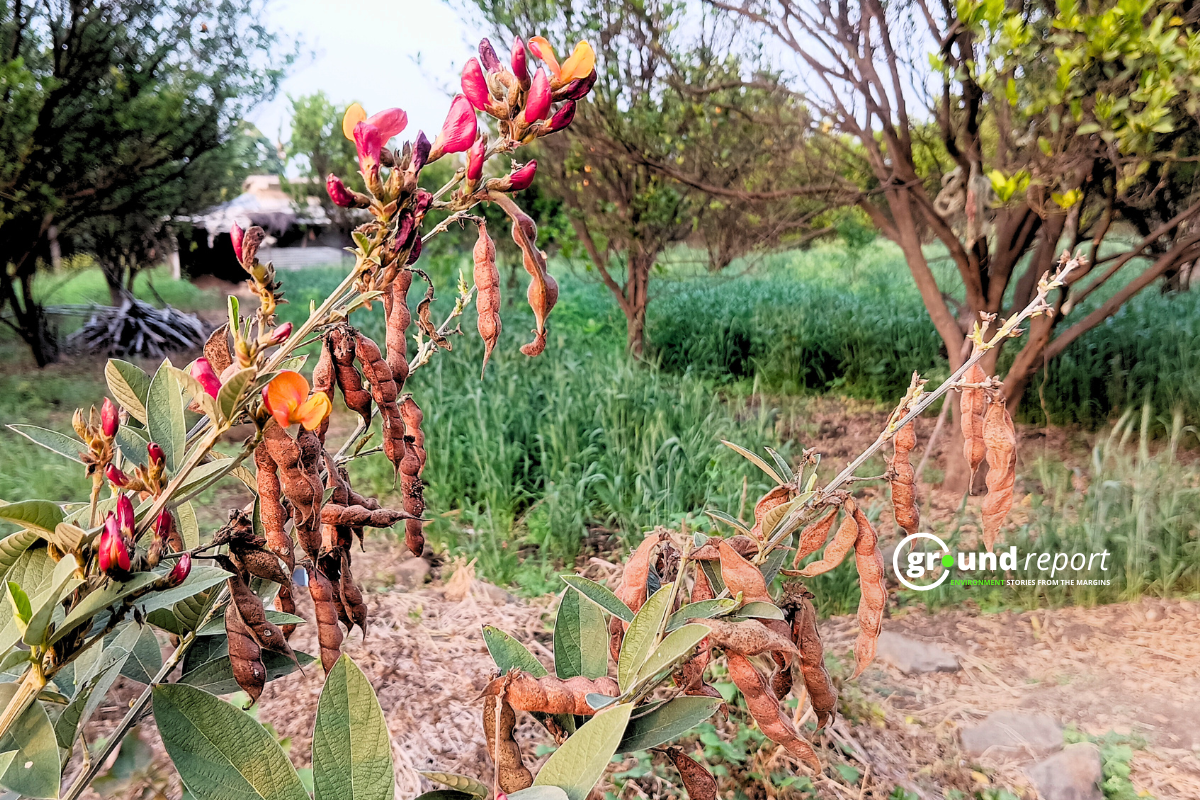
The agricultural sector’s performance will be closely monitored as the country works toward achieving these ambitious targets while ensuring farmer welfare and sustainable agricultural practices remain at the forefront of policy implementation.
The convergence of record-breaking procurement in Madhya Pradesh, India’s ambitious 354 million tonne foodgrain target, and enhanced MSP rates for multiple crops signals a coordinated push toward agricultural growth. With favorable monsoon predictions and systematic policy interventions spanning from procurement infrastructure to pricing mechanisms, India’s agricultural sector appears positioned for significant expansion in 2025-26. The success will ultimately depend on effective implementation of these policies at the grassroots level and the cooperation of weather conditions throughout the growing seasons.
Support us to keep independent environmental journalism alive in India.
Keep Reading
Short circuits, long suffering: MP’s farm fire tragedies
Sun-kissed farmers: Promises and problems of MP’s solar pumps
How a hydro project in shahabad forest threatens india’s Cheetah Corridor
Scorching Schools: MP’s poor infrastructure puts kids at risk in heatwaves
Follow Ground Report on X, Instagram and Facebook for environmental and underreported stories from the margins. Give us feedback on our email id greport2018@gmail.com.
Don’t forget to Subscribe to our weekly newsletter, Join our community on WhatsApp, and Follow our YouTube Channel for video stories.

